Dandelions, Clover, and Beyond: A Guide to Common Broadleaf Weeds
Reading time: 6 - minutesSpring means longer days, greener lawns—and unfortunately, a whole lot of weeds. Dandelions, clover, and other broadleaf troublemakers love to pop up just as you’re dreaming of a perfect, lush yard.
You get rid of two, and the next day, you see four more pop up—what is their deal?
In this guide, we’re breaking down the most common broadleaf weeds, how they spread, and what you can do to keep your lawn looking its best all season long.
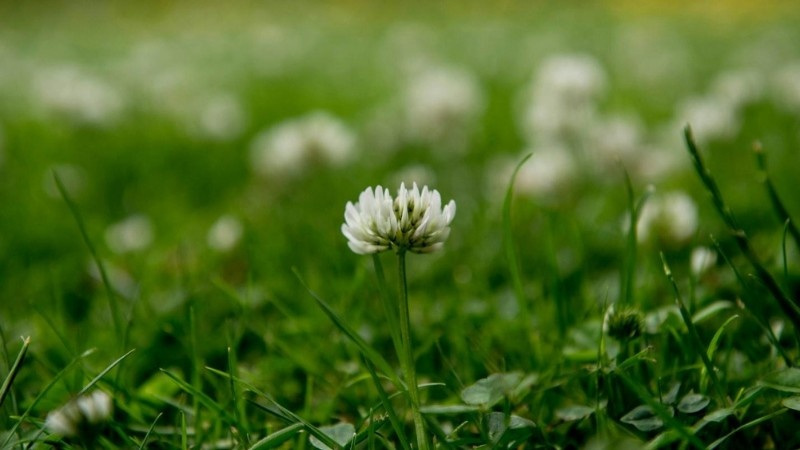
What Are Broadleaf Weeds, Anyway?
You’ve seen the different types of weeds, but not all weeds behave the same. Unlike grassy weeds (you can read more about them here) that sneak in and blend with your lawn, broadleaf weeds are…well, “loud”.
They’ve got wider leaves, thick veins, and a stand tall, sticking out like a sore thumb in your smooth turf. Some even show off colourful flowers, which, although charming on the surface, will crowd out your grass.
Here’s how you can usually spot a broadleaf weed:
- Big, veiny leaves: Often with one central vein and a network of smaller ones.
- Showy flowers: Think bright yellows, purples, or whites.
- Deep roots: Many (like dandelions) grow a taproot that’s tough to pull out completely.
Here’s why identifying broadleaf weed infestation can be hard:
- Different growth habits: Some hug the ground, others stand tall. However, they’re still competing with your grass for water, nutrients, and sunlight.
- Seasonal considerations: Some broadleaf weeds are annuals (lasting just one season), while others are perennials (coming back year after year if left untreated).
Common Broadleaf Weeds You’ll Meet in Your Lawn
Let’s take a look at some of the usual suspects you'll find lurking around yards in Western Canada, and how they behave.
1. Dandelions

Dandelions have sunny yellow flowers that mature into fluffy white seed heads (perfect for drifting into your neighbour’s lawn, and back again). Their deep taproots make them stubborn to remove, and they thrive in compacted, nutrient-poor soils.
Fun fact: a single dandelion can produce up to 15,000 seeds a year!
2. Clover
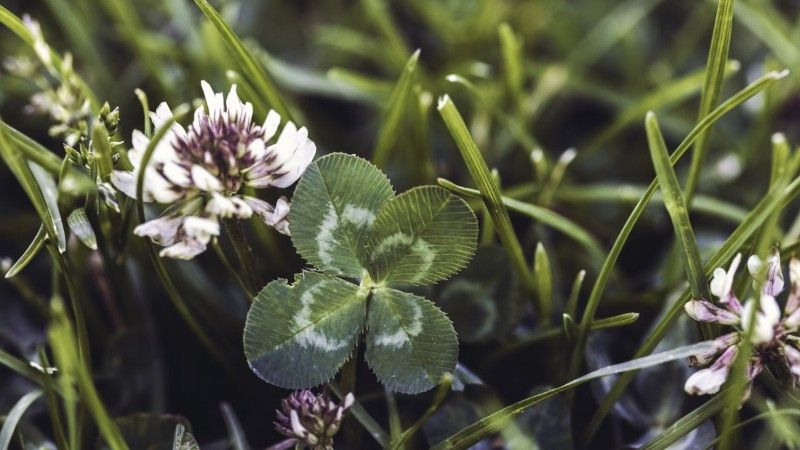
White or purple clover patches used to be welcome in old-school lawns, but today they’re mostly considered a weed. Clover loves thin turf, thrives in low-nitrogen soil, and spreads fast thanks to its creeping stems.
That said, a little clover isn’t always a bad thing (more on that later).
3. Plantain
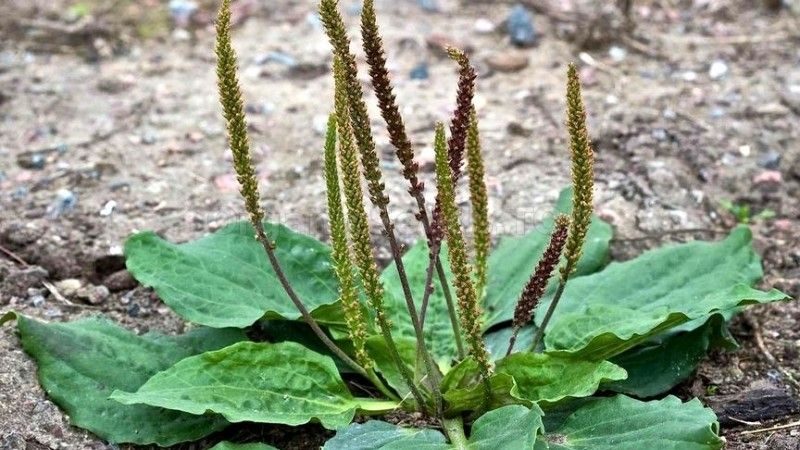
If you see a rosette of wide, flat leaves hugging the ground, you might be dealing with plantain. This tough perennial tolerates compacted soil, heavy foot traffic, and poor drainage like a champ. It can be hard to spot early on because it stays low until it sends up seed stalks.
4. Chickweed
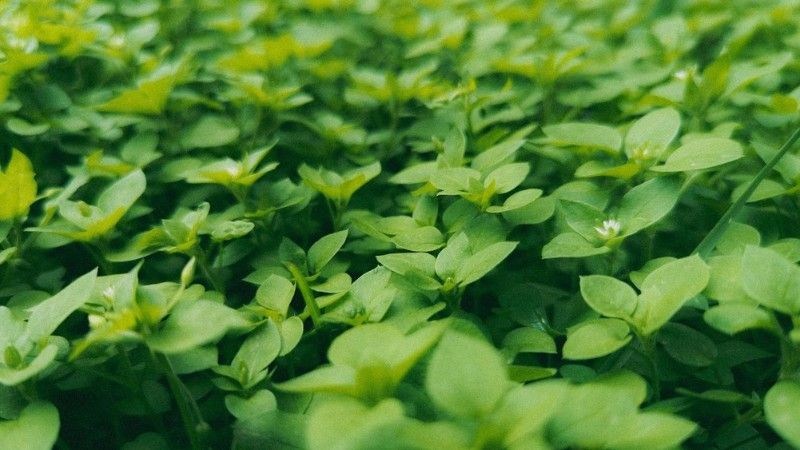
Small but mighty, chickweed forms dense mats of greenery, often sprinkled with tiny white flowers. It loves cool, moist conditions and can quickly take over garden beds and bare patches if not kept in check. It germinates heavily in early spring and late fall, making year-round vigilance important.
5. Prostrate Spurge
This summer annual is a master of stealth. It grows low and spreads fast across sidewalks, driveways, and bare soil. It often looks harmless at first, but its stems ooze a milky sap that can irritate the skin. Spurge thrives in compacted, dry soils where turf is thin, making healthy lawn density crucial.
6. Canada Thistle
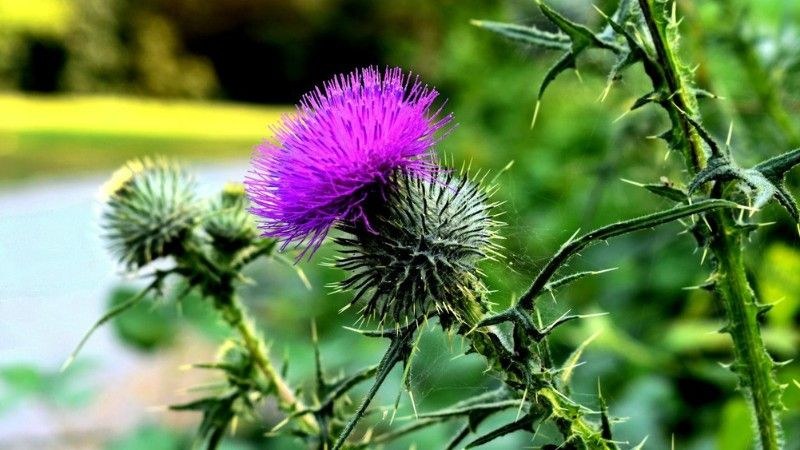
Thistles are armed and dangerous, but most importantly, easy to recognize by their sharp, spiky leaves and tall flowering stalks. They can be painful to handle and difficult to remove due to deep, stubborn root systems. Some thistles are noxious weeds and must be controlled under provincial law.
7. Dollarweed (Pennywort)
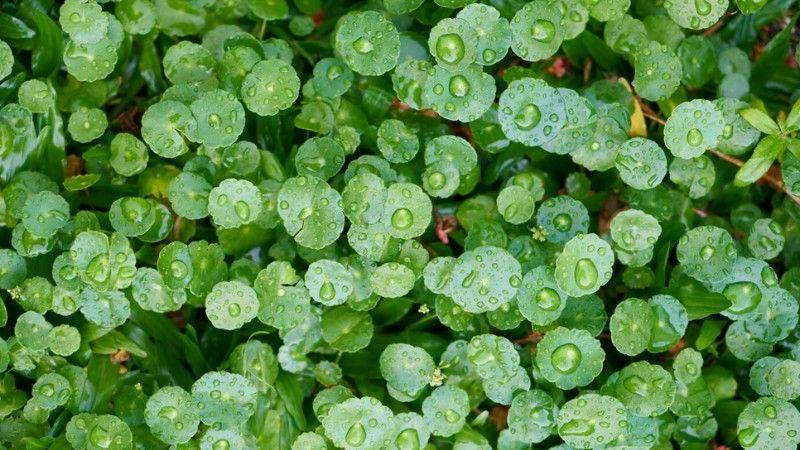
Less common but still a threat, dollarweed has round, shiny leaves shaped like tiny umbrellas. It thrives in damp, poorly drained lawns and often pops up where overwatering is a thing. Controlling excess moisture and improving drainage are the best ways to keep dollarweed at bay.
8. Lespedeza
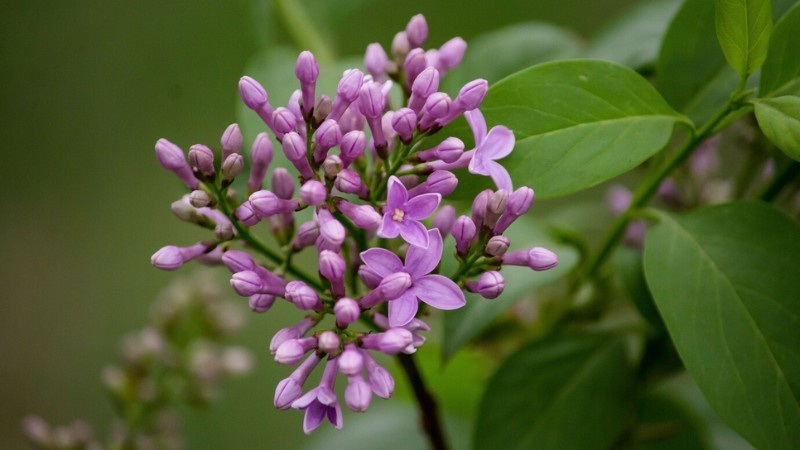
This wiry summer annual grows low and wide, with small leaves arranged in threes. It’s particularly tough to get rid of because of its woody stems and drought resistance. Hand-pulling young plants is effective, but mature lespedeza often requires targeted herbicide treatment.
Best Ways to Control Broadleaf Weeds
When it comes to controlling broadleaf weeds, going smarter (not harder) is the name of the game. Here’s what you need to do:
- Pull weeds after rain: Moist soil makes it much easier to pull weeds out cleanly, taproot and all. Dry soil = snapped roots and weeds that grow back.
- Spot treat, don’t carpet bomb: Use a selective broadleaf herbicide only where weeds are present. Spraying the whole lawn wastes product and stresses healthy grass.
- Catch them young: Treat weeds when they’re actively growing. Dandelions in the low rosette stage are much easier to control than mature plants scattering seeds.
- Mow at the right height: Keep your grass around 2.5–3 inches tall. Taller grass shades the soil, making it harder for weed seeds to germinate. Avoid mowing too short ("scalping") since it weakens the turf and gives broadleaf weeds room to move in.
- Sharpen your mower blade: A clean cut strengthens your grass. A dull blade tears grass, stressing it and giving weeds an opening.
- Edge your lawn: Clean edges around driveways, sidewalks, and gardens can physically slow the spread of creeping broadleaf weeds like clover or spurge.
- Water deeply, not daily: Deep watering (about 1 inch per session) encourages strong turfgrass roots that can crowd out weed invaders.
- Water early in the morning: It reduces evaporation loss and prevents disease, keeping your turf healthier (and better able to resist weeds).
- Aerate compacted soil: Dense, hard-packed soil gives weeds an edge. Annual aeration loosens things up and promotes healthier grass growth.
- Overseed bare patches: Bare soil is an open invitation for weeds. Overseed thin areas in the spring and fall to keep your lawn thick and competitive.
- Fertilize smart, not heavy: Over-fertilizing can stimulate weed growth along with grass.
- Mulch around garden beds and trees: A 2–3 inch layer of mulch blocks sunlight and prevents weed seeds from germinating in open soil.
- Keep an eye on high-risk areas: Weeds love spots like thin patches, slopes, sunny bare areas, and along sidewalks. Regularly spot-check and address early.
- Know when to call reinforcements: If weeds show no signs of slowing down despite all your efforts, Green Drop’s broadleaf weed control solutions have the tools and techniques to stop them for good.
Grow Stronger, Greener, and Weed-Free with Green Drop
Your lawn doesn’t have to become a playground for dandelions, clover, and their broadleaf weedy friends. With our weed control services, you’ll get targeted, environmentally-conscious treatments that protect your yard without harming the planet.
Our experts know exactly when, where, and how to tackle broadleaf weeds for lasting results.
Whether you’re in Winnipeg, Calgary, Red Deer, Edmonton, Saskatoon, or Regina, we’re ready to help you reclaim that lush, beautiful lawn. Book your lawn care package today and let’s beat out those broadleaves before they become a problem.

